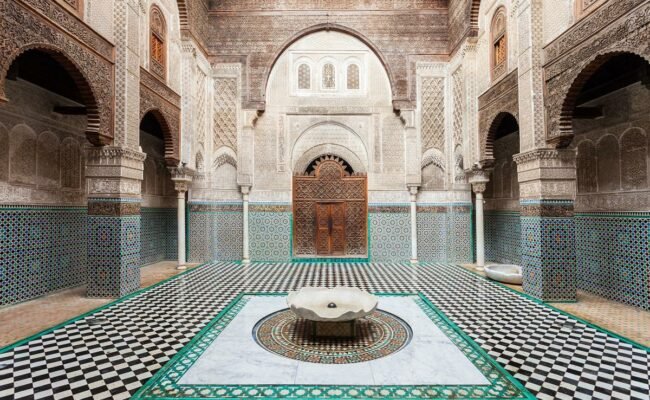The town of “Medinat Fas” was founded by Idriss the First in 789, in the current location of the Andalous district. In 809, Idriss the Second founded “al-Aliya” on the other bank of Wadi Fez. Al Aliya swiftly grew and became a true city with a mosque, palace and kisariya (market).
Even before the town of Fez was founded, the springs of drinking water thereabouts were known and praised in songs. They were undoubtedly an important factor in the choice of location for the future metropolis.
The following developments were due to two successive waves of immigration. In 817-818, nearly 800 Andalusian families who had been evicted by the Omeyyades from the Spanish town of Cordoba, settled in the town founded by Idriss the First. A short time afterwards, around 2000 families banished from Kairouan, settled on the other bank.













Follow Us